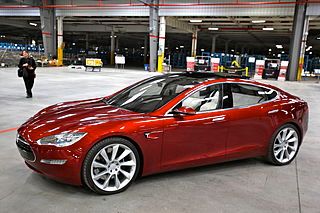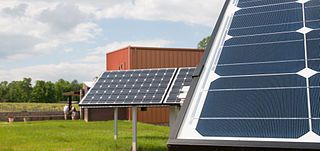From Guest Blogger Jordan: BMW Announces X5 Plug-in Hybrid To Go Into Production


Biomass briquetting plant is the green business for manufacturing Eco fuel briquettes from biomass feedstock. Since the 1970’s the scientific community has been interested in converting biomass to energy. In the beginning, there was not much interest as the world was getting along fine with fossil fuel. Interest lagged for quite some time, even when the government decided to finance research in 2000. In spite of the money, time and interest involved the projects were more or less abandoned. (more…)

Most likely, you already have an HVAC system. If there are any issues about yours, contact only a reputable company. (more…)

Here is one of those many cases where just because a concept doesn’t violate any laws of science doesn’t make it a good, practical idea. If you have some PV available and you’re concerned about reducing CO2, it’s FAR better to use it to reduce your consumption of electricity that otherwise would have been generated by fossil fuels.

He mentioned something that I thought I’d offer readers: an explanation of the fairly recent ruckus being raised about the government subsidies for solar and wind. “Why,” he asked me in a thoughtful tone, “do you think Fox News and congressional Republicans waited until now before starting their campaign to convince voters that renewable energy is a waste of money, a drain on the economy, a job-killer, part of a socialist agenda, etc.? The tax credits have been around for quite a while. Virtually everyone on both sides of the aisle were absolutely fine on this until very recently.” (more…)

I was just writing an email for her, but I thought I’d make it a blog post: (more…)



Supplementing daylight with energy-efficient lighting is the most sustainable way for you to keep your home bright and cozy. Eco-friendly lighting keeps both you and the environment healthy. Here are some easy ways to bring more daylight into your life. Try these eco-friendly solutions for natural and energy-efficient home lighting. (more…)

Fortunately, people worldwide are opting to go solar in order to reduce the burden of enormous power bills. (more…)